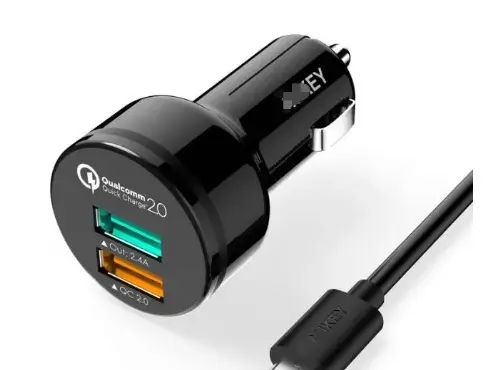
How to get a UL 2089 Test Report?
UL 2089 is a safety standard for in-vehicle chargers, primarily used to evaluate the electrical safety, mechanical safety, and environmental adaptability of the product. Below are the test items and application process for obtaining a UL 2089 Test report:

UL 2089 Test Items
Electrical Safety Tests
- Maximum output voltage test
- Power input test
- Dielectric withstand test
- Leakage current test
- Fault condition test
Mechanical Safety Tests
- Crush resistance test
- Strain relief test
- Resistance mitigation test
- Drop test
Environmental Adaptability Tests
- High and low-temperature test
- Humidity test
- Stability test for safety markings
Battery and Device Safety Tests
- Battery charge and discharge test
- Equipment temperature rise test
- Touch current test
Process for Obtaining a UL 2089 Test Report
1. Preparation
- Identify the testing requirements and confirm that the product must comply with UL 2089 standards.
- Choose a testing laboratory accREDited with ISO 17025. For example, China JJR Laboratory is an IEC 17025 accredited lab that provides UL 2089 testing services.
2. Application
- Submit an application form to the testing laboratory, including company and product details.
- Provide technical documentation, such as circuit diagrams, user manuals, and product specifications.
- Supply product samples that meet the testing requirements.
The entire testing process typically takes 5 to 7 business days.
Email:hello@jjrlab.com
Write your message here and send it to us
 What Are the Testing Items of California Propositi
What Are the Testing Items of California Propositi
 E-Cigarette EU TPD Testing
E-Cigarette EU TPD Testing
 Testing Certification for E-cigarettes Exported to
Testing Certification for E-cigarettes Exported to
 What is Amazon US CPC Certification?
What is Amazon US CPC Certification?
 UK Toy Safety Regulation Standard EN 71-13
UK Toy Safety Regulation Standard EN 71-13
 What is EU UFI Registration?
What is EU UFI Registration?
 EU UFI Registration for E-cigarette E-liquid
EU UFI Registration for E-cigarette E-liquid
 How to get the MSDS Report for Electronic Cigarett
How to get the MSDS Report for Electronic Cigarett
Leave us a message
24-hour online customer service at any time to respond, so that you worry!




